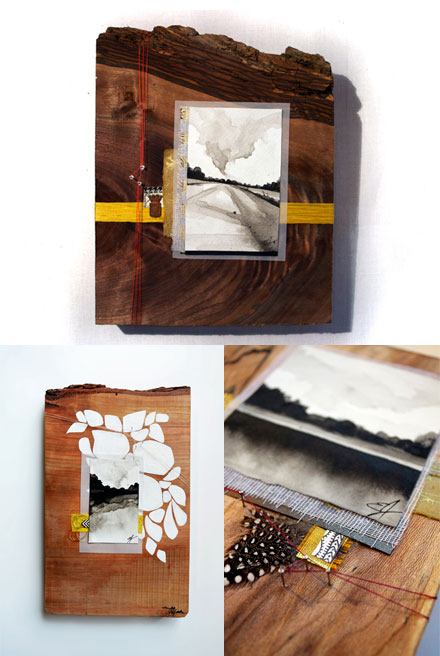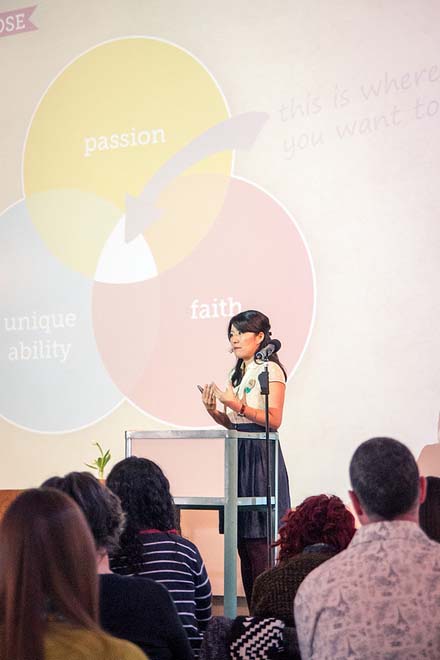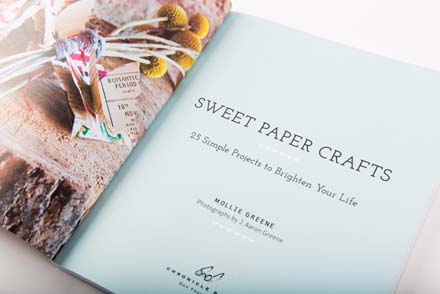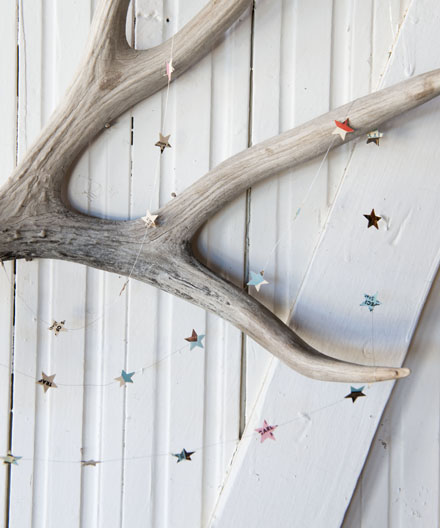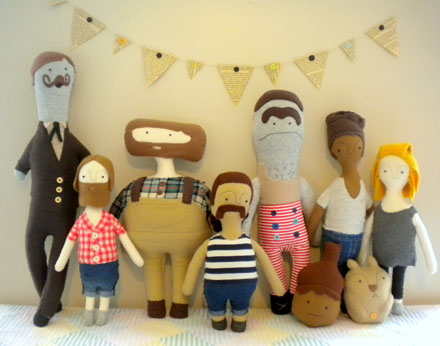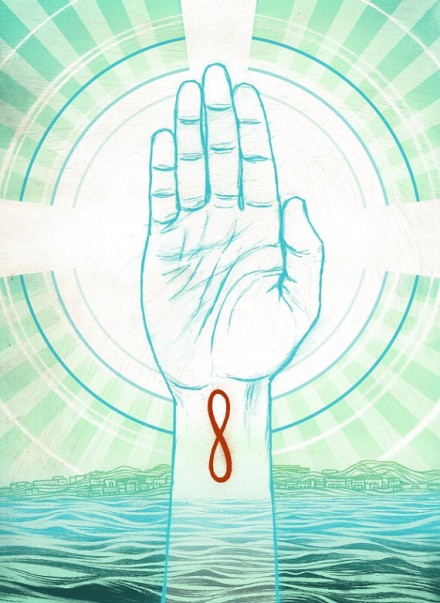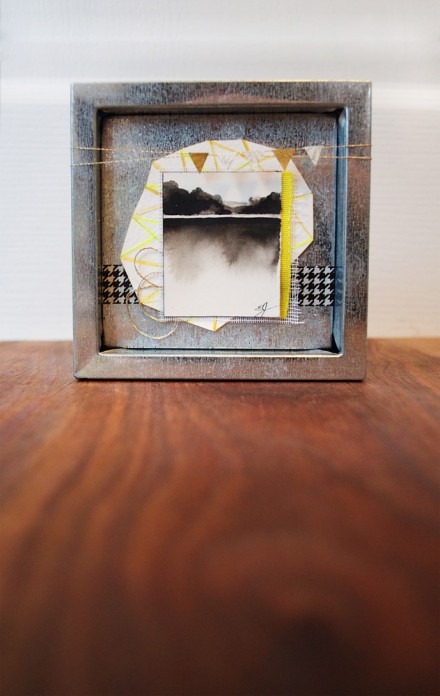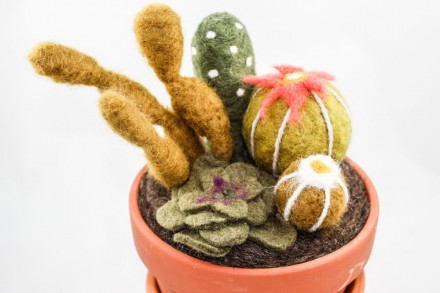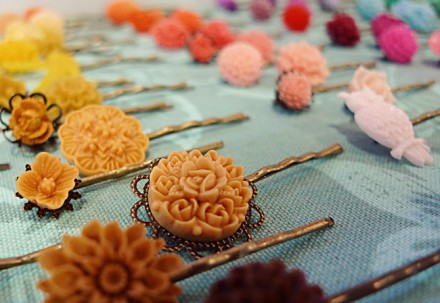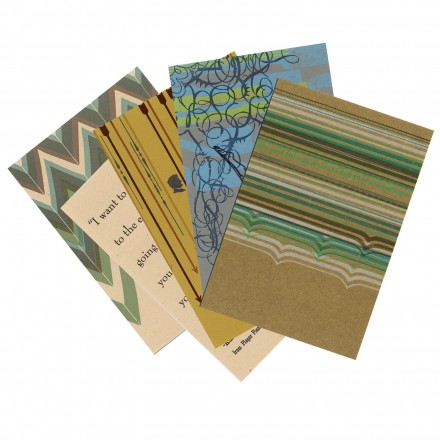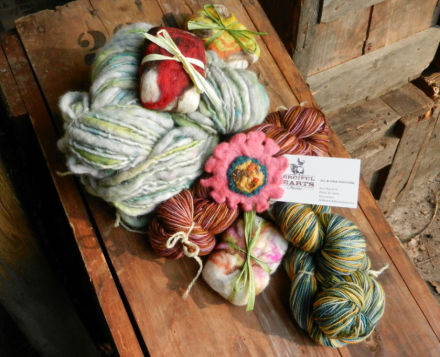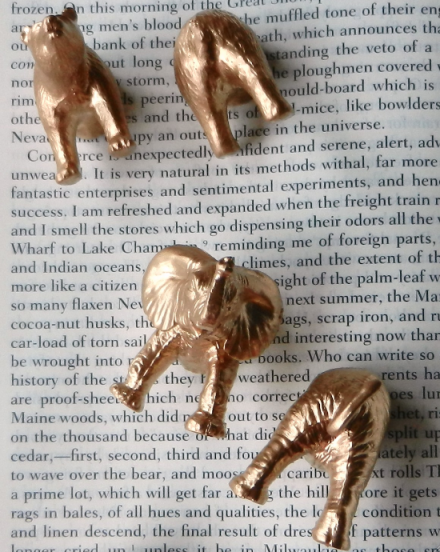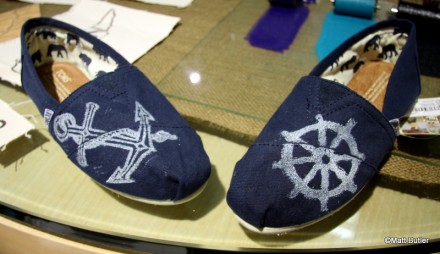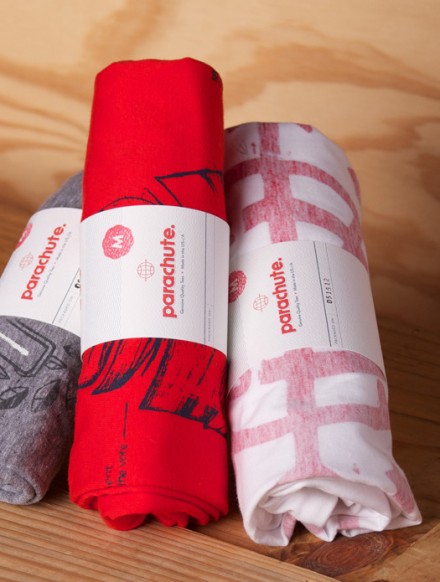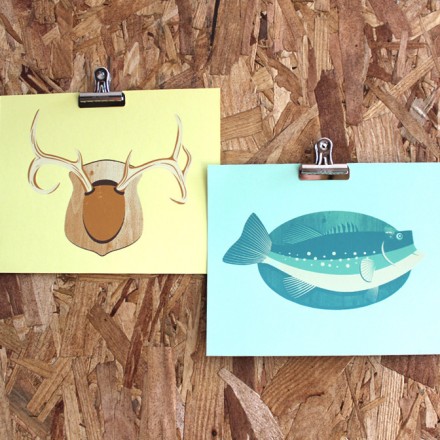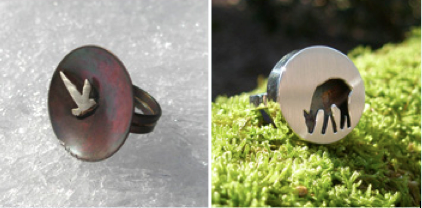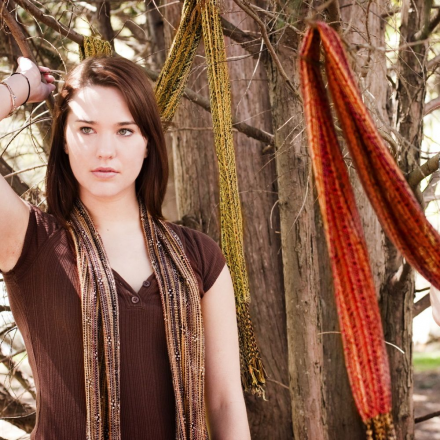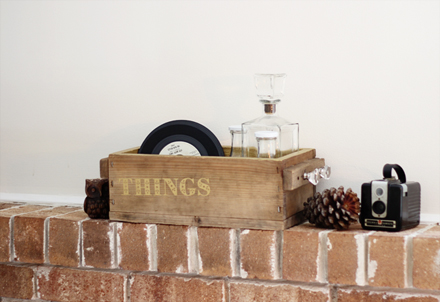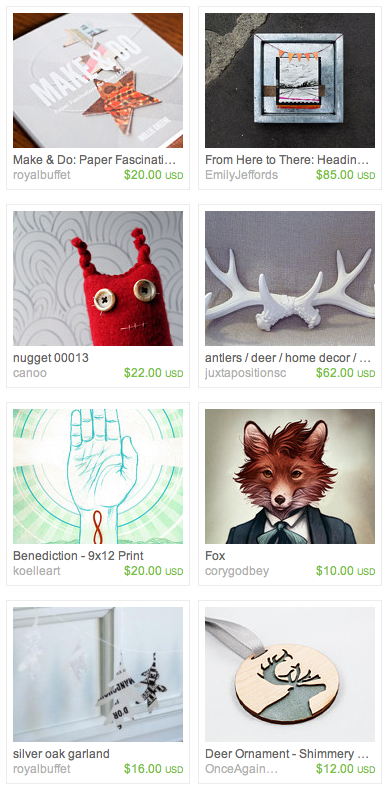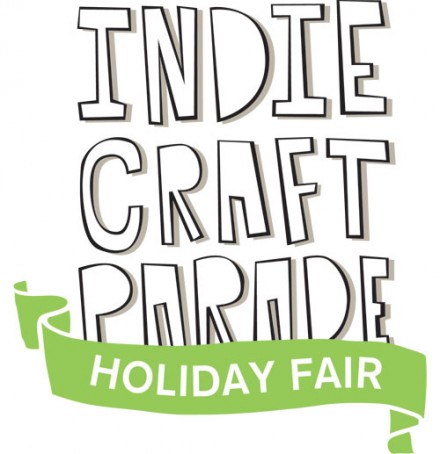In our artist showcase series, we feature a few makers from each category, who you’ll get to meet at the festival in less than a month. We guarantee this little sneak peek will have you counting down the days until Indie Craft Parade! Today we're highlighting some of the artists from our 3D Fine Art category. In this section you'll find amazing handmade work created with wood, glass, metal, and ceramics. And once again we had a difficult time choosing who to showcase, there are so many talented artists in this category!
"HollerDesign creates and constructs furniture inspired by the traditions of the American South, but informed by modern sleekness and simplicity. And uniquely, each piece is sourced, designed and crafted from and on the Lascassas, Tenn., dairy farm that’s housed HollerD owner Matt Alexander’s family for more than a century." We are drooling over those cutting boards, can't wait to get our hands on them! Head over to their website and check out the gorgeous video on the homepage, it documents one of their furniture pieces from start to finish.
Rachel Wilder's terrarium collection has us swooning. These beauties are hand crafted from reclaimed window glass and lead free solder. She also makes a line of miniature terrarium necklaces. What a delightful way to bring green life into your everyday!
Jeanette Zeis and her colorful ceramics are a crowd favorite. "Her pottery line contains beautiful and original housewares. Wonderfully crafted, with an eye for detail. Gorgeous pieces for everyday use and for lovely displays." We're thrilled to see that Jeanette has recently launched a new collection of dishes tailor-made for vegans. No matter what you're serving, these cheerful pieces are sure to brighten your day!
Need to see more? You can check out the full list of our 75+ artists here, and we’ll be back with another artist showcase next week.





